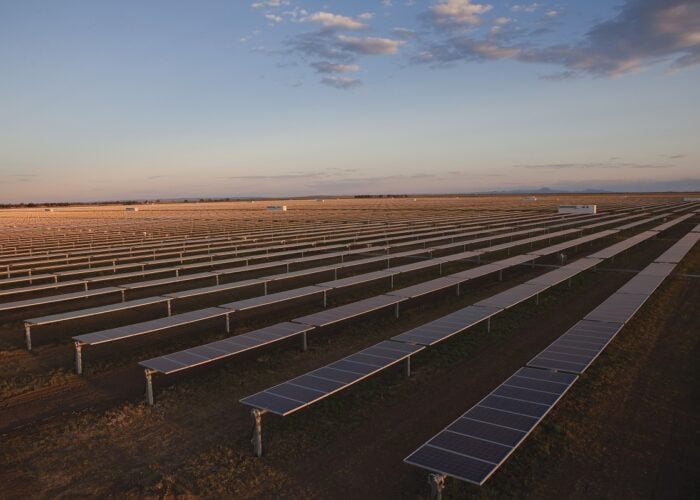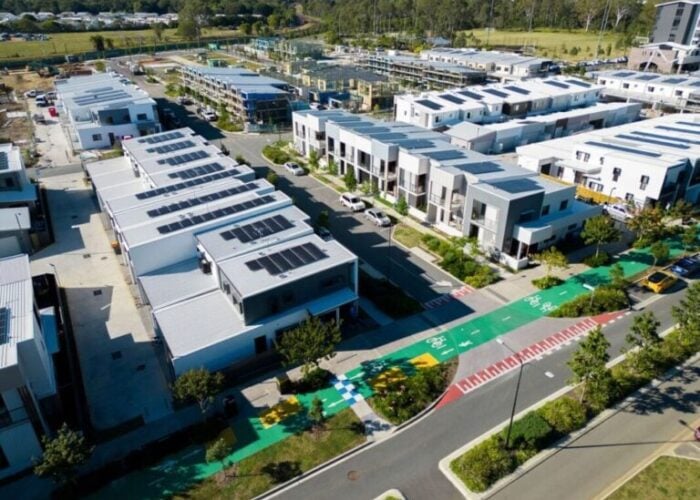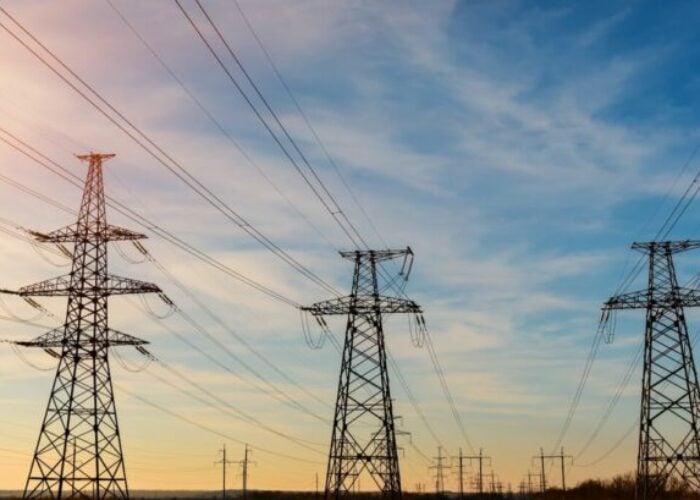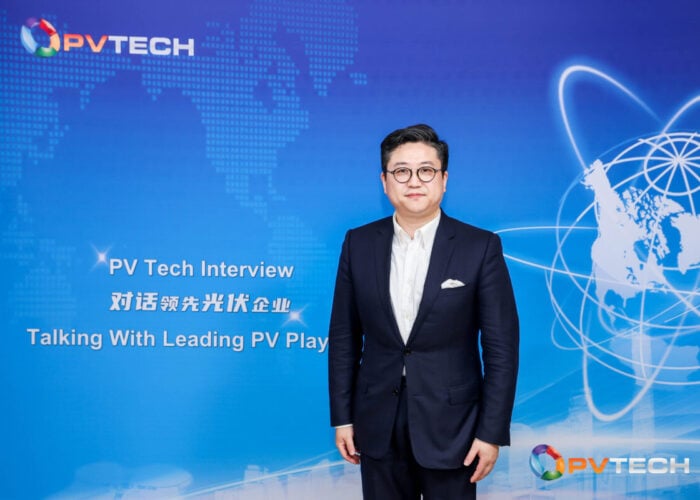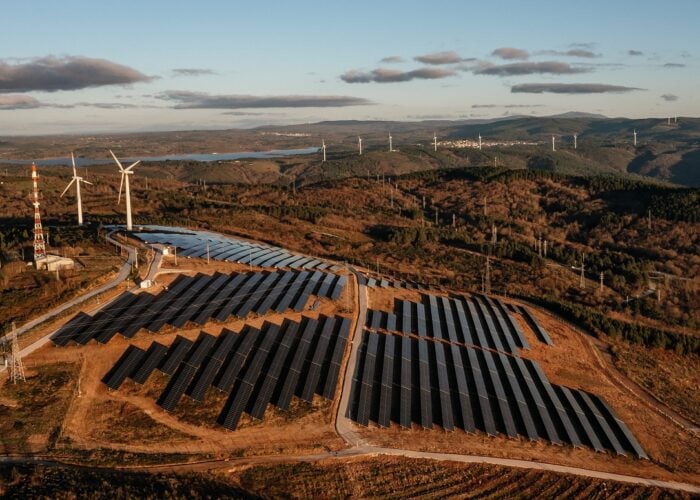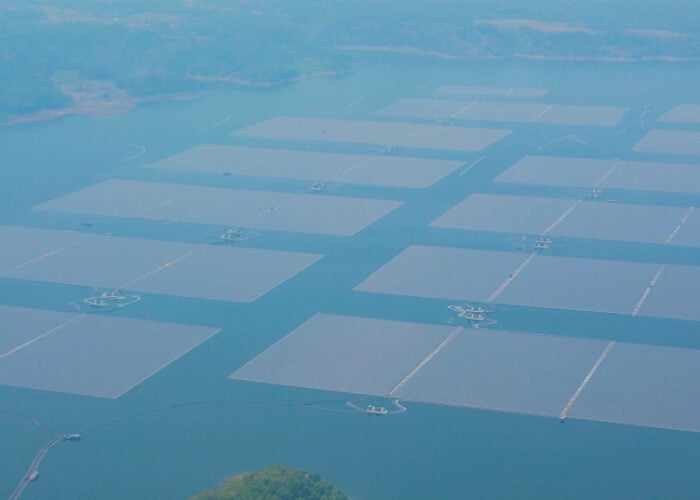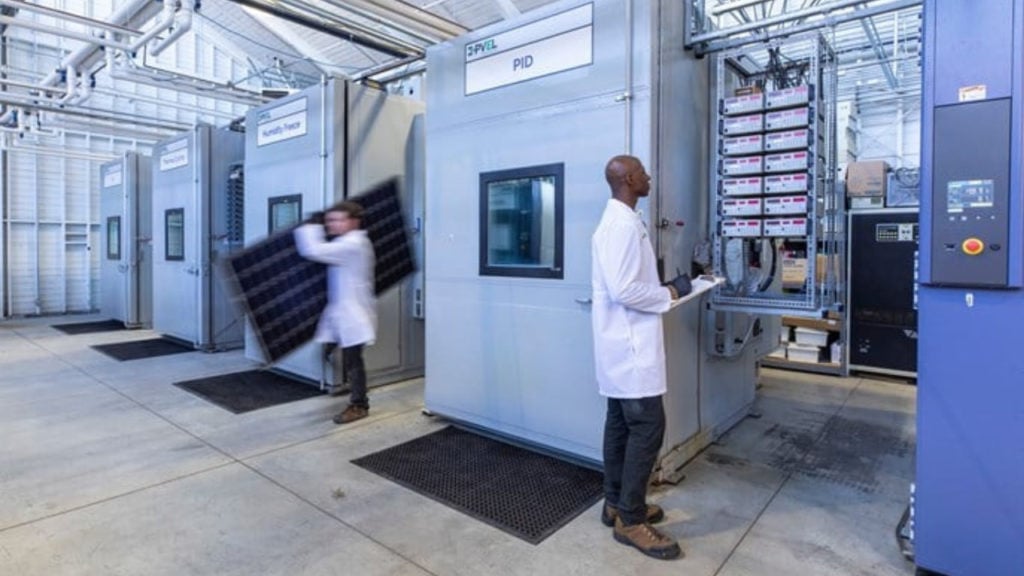
Back for the tenth year, the 2024 PV Module Reliability Scorecard from Kiwa PVEL is now live, and there’s lots to unpack from the broad range of results. The good news is that we had more Top Performers than ever before, and there’s been improvement in many of the tests in our Product Qualification Program (PQP). Notably, 84% and 95% of modules tested had less than 2% power loss in our thermal cycling (TC) and mechanical stress sequence (MSS) tests, respectively, and 96% of modules tested had less than 1% power loss following light induced degradation (LID) and light and elevated temperature induced degradation (LETID).
At the same time, failures have also increased at the manufacturer and bill of materials (BOM) levels. Two-thirds of manufacturers experienced at least one test failure, the highest percentage ever reported in the Scorecard. The failure rate at the BOM level also increased to 41% of all BOMs tested having at least one failure, up from 32% in 2023 and 26% in 2022 and 2021.
Unlock unlimited access for 12 whole months of distinctive global analysis
Photovoltaics International is now included.
- Regular insight and analysis of the industry’s biggest developments
- In-depth interviews with the industry’s leading figures
- Unlimited digital access to the PV Tech Power journal catalogue
- Unlimited digital access to the Photovoltaics International journal catalogue
- Access to more than 1,000 technical papers
- Discounts on Solar Media’s portfolio of events, in-person and virtual
Or continue reading this article for free
Because the PQP is a series of qualification tests, not certification tests, there are no defined pass/fail requirements; it is up to the module manufacturer and their customers to determine what is acceptable. However, we classify failures in the Scorecard across several categories:
-Safety failure: Modules not meeting IEC 61215 requirements for electrical insulation resistance.
– Power degradation: Modules that experienced power loss greater than the manufacturer’s requirements, triggering a retest.
-Visual: Modules with “major” visual inspection findings as classified by the IEC 61215 criteria.
-Diode: Modules with bypass diodes that become open-circuited or short-circuited.
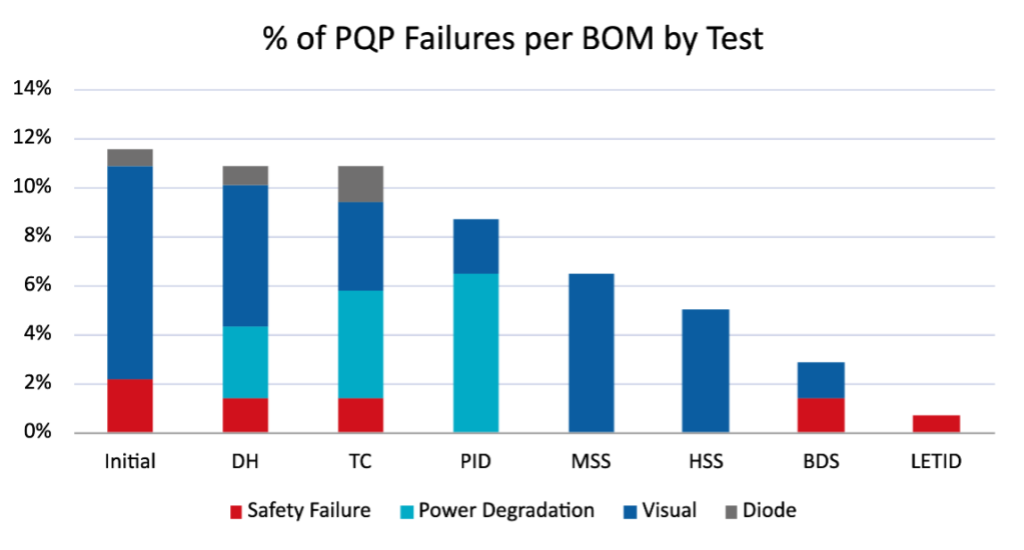
Drilling down on reported failures
While overall results have been improving for many tests, we notice some concerning failure trends when we take a closer look at results by test. Pre-stress testing failures continue to be problematic. Over a quarter of manufacturers experienced at least one of these, including missing junction box lids, peeling nameplate labels, wet leakage testing failures, delamination and diode failures. These “out of the box” failures should be far less prevalent than what we’re seeing in the lab.
A total of 11% of BOMs tested for the 2024 Scorecard experienced one or more failures during TC testing. Designed to simulate the temperature fluctuations during a module’s lifetime, TC testing revealed some major junction box issues, such as shorted bypass diodes, exposed wires and melted connectors. Additionally, five TOPCon BOMs and one PERC BOM experienced power degradation that was significantly more than the manufacturers’ anticipations.
In the damp heat (DH) test, which instigates long-term degradation and failure modes that are typical in high temperatures and high humidity conditions, we likewise saw an 11% failure rate. The DH failure rate was double that reported in the 2023 Scorecard, with 15 manufacturers experiencing at least one failure during DH testing, including delamination, junction box lids falling off, electrical insulation faults and power loss.
Some of these TC and DH issues are explored further in an earlier PV Tech article from the Kiwa PVEL team.
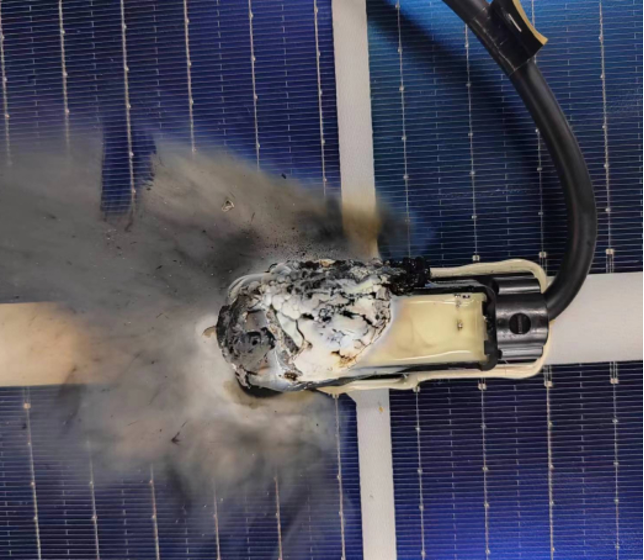
One doesn’t have to look further than the module’s junction box to find the source of many failures. Thirty-four percent of manufacturers experienced one or more junction box related failures. Kiwa PVEL has highlighted the issue of junction box failures in the past five editions of the Scorecard, yet these failures continue at an alarming rate.
In the 2024 Scorecard, we reported that 17% of manufacturers had junction box covers falling off, 11% of manufacturers had wet leakage/safety failures traced to the junction box, 8% of manufacturers had bypass diode failures and 6% of manufacturers had melted/damaged connectors.
While these failure statistics may be disheartening, we encourage the industry to learn from them and make the necessary improvements. As shown by the improvements in recent LID+LETID results, the industry can collectively resolve module reliability issues. We aim to foster continued collaborative research and open dialogue, as when it comes to module failures, ignorance is not bliss. We applaud the manufacturers who have committed to accelerated testing and transparency, as identifying and addressing potential issues makes us stronger as an industry.
The complete scorecard has been made available in both an online digital format and via downloadable PDF at www.scorecard.pvel.com.
Tristan Erion-Lorico is a VP of sales and marketing at Kiwa PVEL, and Max Macpherson is a data analytics and reports manager.

